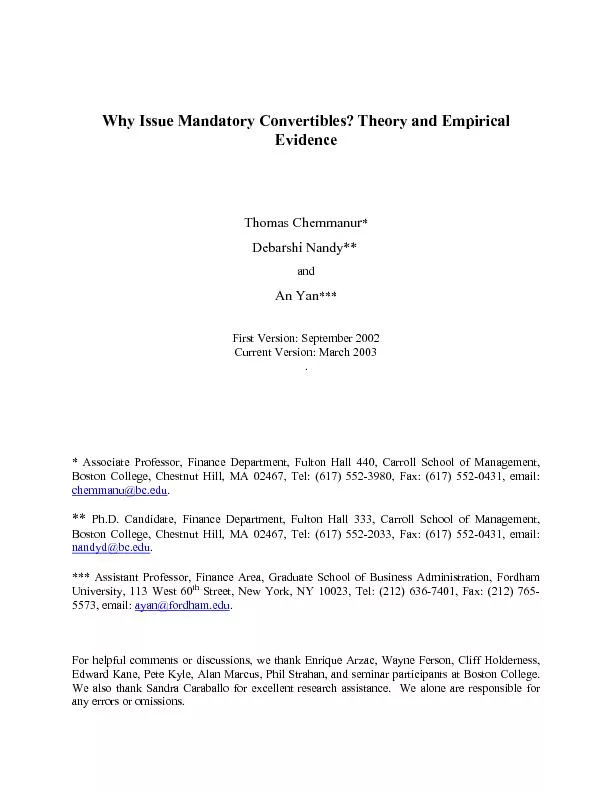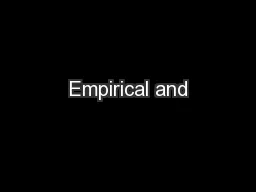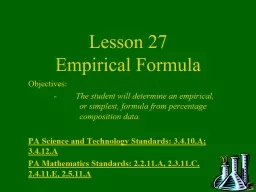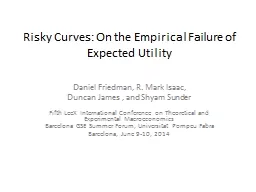PDF-Why Issue Mandatory Convertibles? Theory and Empirical
Author : marina-yarberry | Published Date : 2016-03-09
Thomas Chemmanur Debarshi Nandy and An Yan First Version September 2002 Current Version March 2003 Associate Professor Finance Department Fulton Hall 440 Carroll
Presentation Embed Code
Download Presentation
Download Presentation The PPT/PDF document "Why Issue Mandatory Convertibles? Theory..." is the property of its rightful owner. Permission is granted to download and print the materials on this website for personal, non-commercial use only, and to display it on your personal computer provided you do not modify the materials and that you retain all copyright notices contained in the materials. By downloading content from our website, you accept the terms of this agreement.
Why Issue Mandatory Convertibles? Theory and Empirical: Transcript
Download Rules Of Document
"Why Issue Mandatory Convertibles? Theory and Empirical"The content belongs to its owner. You may download and print it for personal use, without modification, and keep all copyright notices. By downloading, you agree to these terms.
Related Documents














